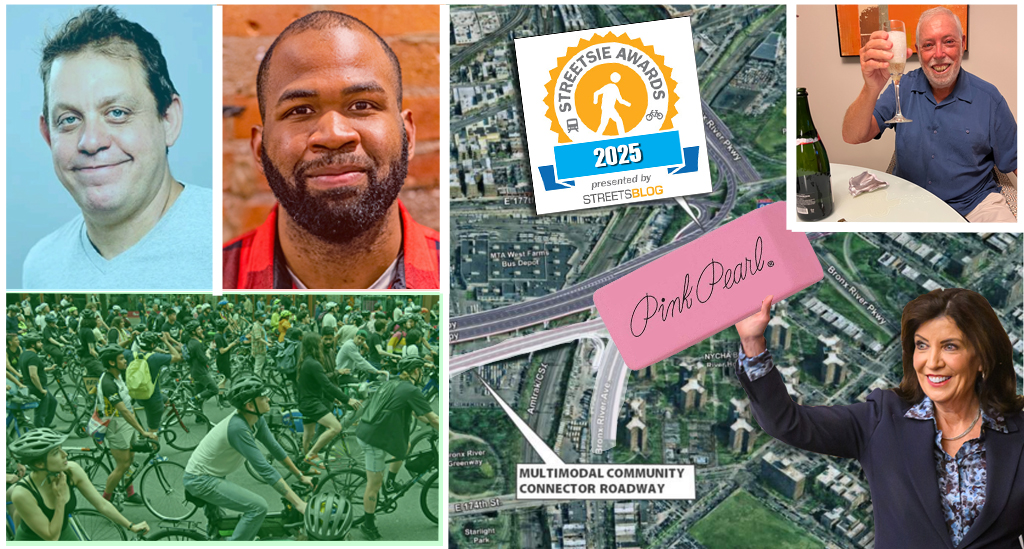Bill de Blasio's comments in today's Brooklyn Paper are straight out of the "Neighbors for Better Bike Lanes" playbook.
To a question about whether he would dedicate space for biking and walking as mayor, de Blasio replied:
The motivation [for bike lanes] has been noble but the approach has often been without the kind of communication with the community that I’d like. What I’d say is that let’s look at actual evidence, not biased evidence, but actual evidence about what has happened with each of them. Where they’ve worked, great, let’s keep them. Where they haven’t worked let’s revise them or change them.
This is more than mealy-mouthing. In the thick of the 2011 bikelash, de Blasio met with bike lane opponents Norman Steisel, Louise Hainline, and Lois Carswell, along with their attorney, Jim Walden, "to discuss bike strategy," according to documents obtained by Streetsblog through a freedom of information request.
A month later, de Blasio sent a letter to DOT Commissioner Janette Sadik-Khan that characterized the department's evaluations of several projects as "rubber stamps" -- echoing NBBL propaganda from its campaign to discredit DOT and erase the Prospect Park West bike lane. Soon after, DOT announced that it had abandoned plans for a separated busway on 34th Street.
Last night's vote for safer streets on the Upper West Side adds to a long list of publicly vetted and community-backed bike and pedestrian projects. The real "biased evidence" is the cherry-picked data trumpeted by NBBL for its PR war against a project that grew from the ground up.
In his nascent campaign for mayor, Public Advocate Bill de Blasio has yet to take a stand for measures that are preventing injuries and saving lives. Instead he is parroting the line of a handful of insider malcontents who would reverse the public process to make the streets more dangerous for millions of New Yorkers.






